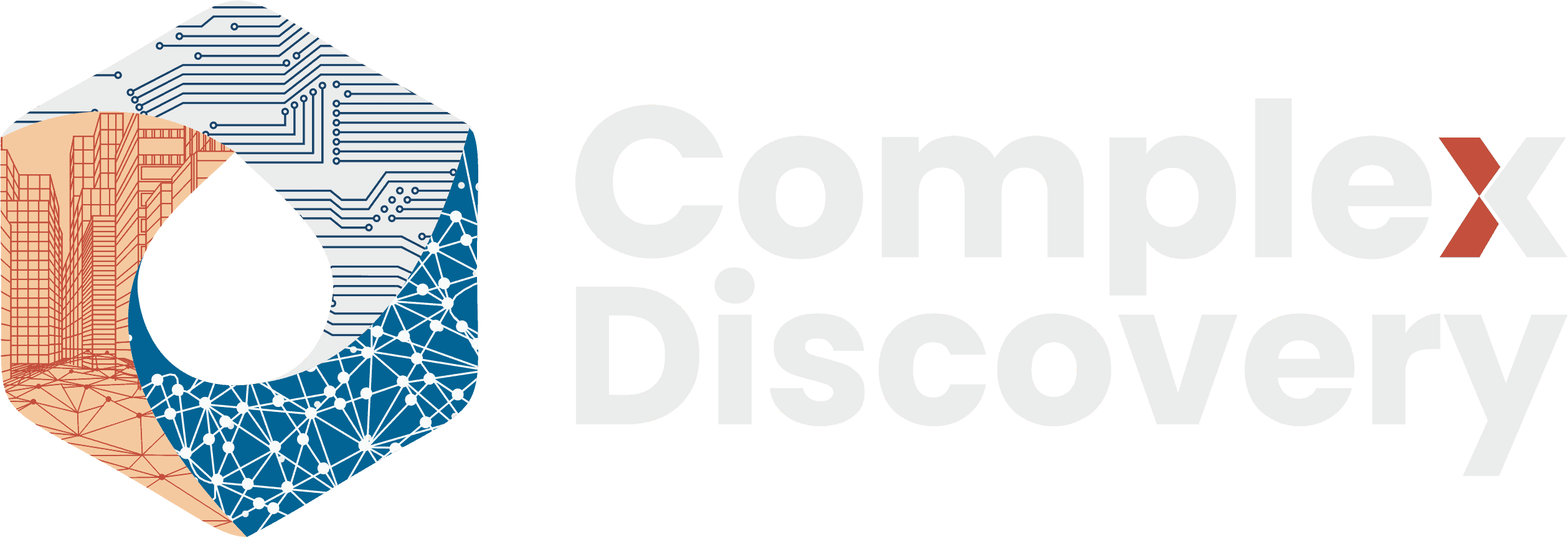Editor’s Note: The ENISA Threat Landscape 2024 report offers crucial insights into the expanding and evolving cyber threats facing Europe today. With the growing intersection of geopolitical tensions and cybercrime, it provides a roadmap for cybersecurity professionals to navigate the increasingly complex threat environment. The report’s emphasis on proactive defense and collaboration makes it a must-read for anyone involved in protecting critical infrastructure, government systems, or private enterprise.
Content Assessment: From Hacktivism to AI: ENISA’s 2024 Threat Report Unveils Evolving Cyber Dangers
Information - 93%
Insight - 94%
Relevance - 91%
Objectivity - 90%
Authority - 93%
92%
Excellent
A short percentage-based assessment of the qualitative benefit expressed as a percentage of positive reception of the recent article from ComplexDiscovery OÜ titled, "From Hacktivism to AI: ENISA’s 2024 Threat Report Unveils Evolving Cyber Dangers."
Industry News – Cybersecurity Beat
From Hacktivism to AI: ENISA’s 2024 Threat Report Unveils Evolving Cyber Dangers
ComplexDiscovery Staff
The European Union Agency for Cybersecurity (ENISA) has published its highly anticipated Threat Landscape 2024 report, marking a pivotal moment for cybersecurity professionals across Europe. Covering the period from July 2023 to June 2024, the report paints a detailed, and at times alarming, picture of the evolving cyber threat landscape, driven by growing geopolitical tensions and the increasing sophistication of cyber actors.
At the heart of the report lies a sobering revelation: cyberattacks have reached new heights in both complexity and frequency, largely fueled by ongoing global conflicts. With tensions escalating in regions like Ukraine and the Middle East, cybercriminals, state-sponsored hackers, and hacktivist groups have seized the opportunity to exploit the instability, launching attacks that have disrupted critical infrastructure, financial systems, and government operations. ENISA observed a notable spike in such activities during the latter half of 2023, as geopolitical strife created fertile ground for digital warfare.
Hacktivism, once regarded as a fringe element in the cyber threat ecosystem, is now a mainstream tool for political activism. The report chronicles the rise of politically motivated cyber groups, whose activities have increasingly aligned with state-sponsored operations. These groups have launched a barrage of attacks, often coinciding with key political events such as elections, further muddying the line between independent activism and covert state interference. Throughout the reporting period, ENISA identified nearly 3,662 hacktivist incidents, with most connected to the war between Russia and Ukraine. These groups have expanded their operations, attacking public institutions, media outlets, and infrastructure in an attempt to amplify political messaging and disrupt democratic processes.
ENISA’s report also highlights the changing nature of ransomware, which has continued to dominate the cyber threat landscape. No longer just a method for financial extortion, ransomware attacks have evolved into multi-faceted operations that include data theft, blackmail, and the exposure of sensitive information. Increasingly, these attacks are not just about locking up systems but also about undermining the trust and operations of organizations by threatening to leak critical data. Attackers have found new leverage in exploiting the vulnerabilities of companies that handle sensitive personal information or intellectual property, making these firms particularly vulnerable to ransom demands. The ENISA report recounts high-profile incidents where companies were not only crippled by ransomware but also publicly humiliated by the threat of exposing confidential data.
Denial-of-service (DDoS) attacks have also been prominent throughout 2024. These attacks, which flood a network with so much traffic that it becomes unusable, have emerged as a preferred method of disruption, particularly during times of geopolitical tension. Hacktivist groups have employed DDoS attacks with alarming frequency, often using them as symbolic demonstrations against governments or corporations aligned with particular political agendas. The report reveals that services like DDoS-for-hire have made these attacks accessible to anyone with minimal technical skills, democratizing cyber disruption on a global scale.
In addition to the more traditional forms of cyberattacks, ENISA’s report emphasizes the growing threat of information manipulation and disinformation campaigns, a hallmark of modern cyber conflict. Foreign Information Manipulation and Interference (FIMI) has become a powerful tool for state and non-state actors alike, allowing them to influence public opinion and political outcomes through coordinated disinformation efforts. These campaigns have been fueled by artificial intelligence (AI) technologies that allow for the rapid creation of false narratives, doctored media, and fake news. ENISA warns that AI is likely to play an even larger role in future disinformation efforts, as it enables bad actors to create more sophisticated and targeted manipulative content, amplifying its reach and impact.
Perhaps most concerning is the blurring of lines between hacktivists and state-sponsored actors. The report details how some hacktivist personas, particularly those linked to the conflicts in Ukraine and the Middle East, are being co-opted by state-sponsored groups to further geopolitical objectives. ENISA points to Iranian and Russian groups that have used hacktivist fronts to conceal their own operations, allowing them to deny involvement while still achieving their goals. This tactic not only confuses attribution efforts but also complicates the international response to these attacks, as it becomes harder to pinpoint whether an attack is the work of independent activists or a state-sponsored operation.
While the report underscores the growing sophistication of cyber attackers, it also offers critical insights into the evolving tactics of cyber defenders. ENISA notes that organizations across Europe are becoming increasingly adept at detecting and responding to cyberattacks, aided by advancements in cyber threat intelligence and the development of more robust incident response plans. However, even as defensive measures improve, attackers continue to find ways to evade detection. State-sponsored groups, in particular, are employing stealthier techniques, such as the use of legitimate cloud services to mask malicious activity. This tactic, known as Living Off Trusted Sites (LOTS), allows attackers to blend in with regular internet traffic, making it difficult for defenders to distinguish between normal and malicious activity.
Supply chain vulnerabilities are another key concern highlighted in the report. While supply chain attacks were less frequent than other forms of cyberattacks, their impact was profound when they did occur. One of the most notable incidents involved the introduction of backdoor code into an open-source project used by countless organizations. This breach, which remained undetected for months, demonstrates the fragility of the global supply chain and the growing need for tighter security measures in software development and distribution.
In response to these mounting threats, ENISA offers several recommendations for cybersecurity professionals. The report stresses the importance of patch management and timely updates to critical systems, particularly those that are internet-facing. With 76% of vulnerabilities in the report being exploitable via a network, the need for constant vigilance and proactive defense is more pressing than ever. ENISA also calls for stronger collaboration between public and private sectors to share intelligence, coordinate responses, and develop a unified defense strategy against state-sponsored actors and cybercriminal groups.
The Threat Landscape 2024 report stands as a clarion call for cybersecurity professionals across Europe. The cyber threat environment is growing more complex, fueled by geopolitical instability and rapid technological advancements. As the lines between hacktivism, state-sponsored operations, and cybercrime continue to blur, organizations must remain vigilant and proactive in defending their systems. The stakes have never been higher, and the lessons from 2024 will undoubtedly shape the future of cybersecurity for years to come.
News Source
- European Union Agency for Cybersecurity (ENISA). ENISA Threat Landscape 2024. September 2024. ISBN: 978-92-9204-675-0. Available at: https://www.enisa.europa.eu/publications/enisa-threat-landscape-2024
Assisted by GAI and LLM Technologies
Additional Reading
- Hacker ‘Fortibitch’ Leaks Fortinet Data
- Halliburton Cyberattack Highlights Vulnerability of Critical Infrastructure
Source: ComplexDiscovery OÜ


























